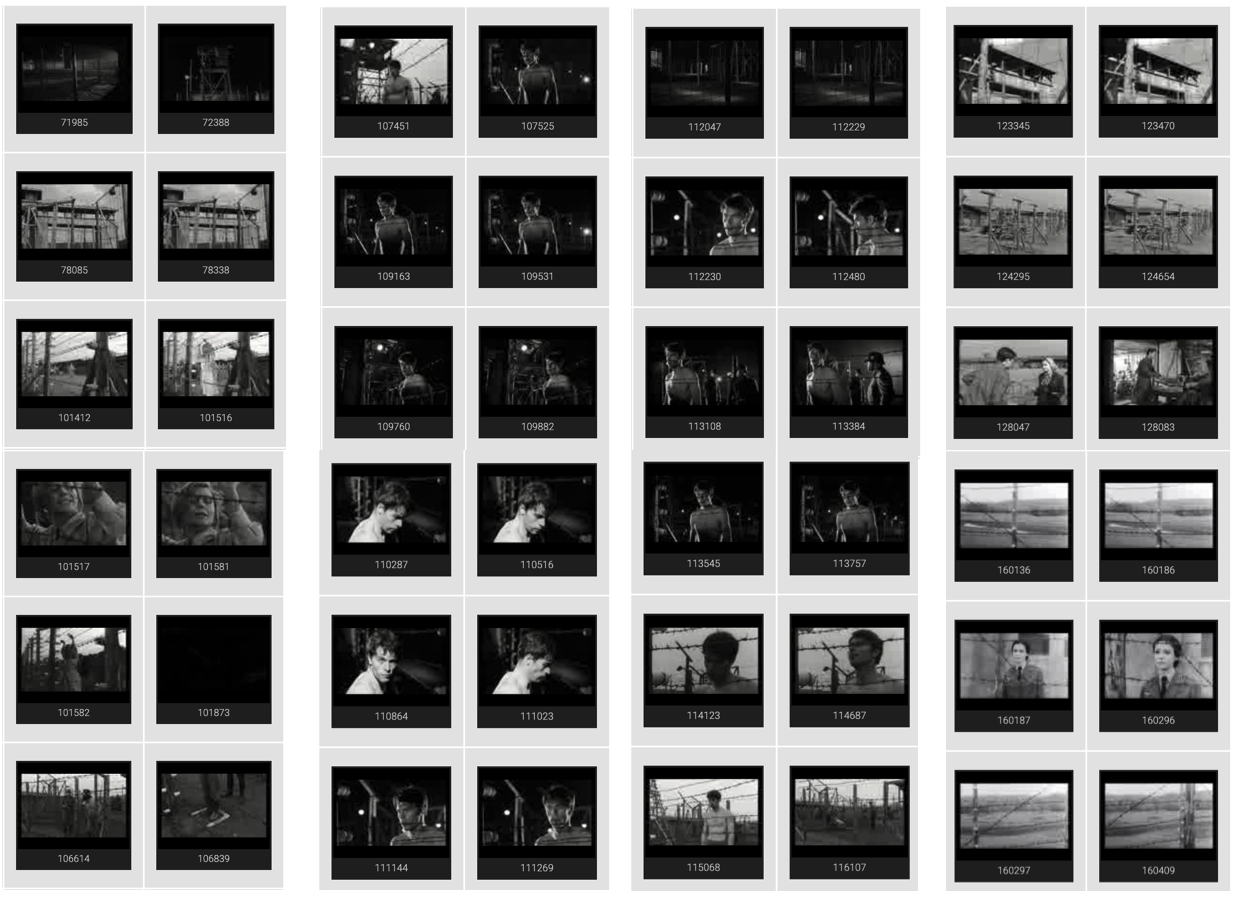Digital technologies are revolutionizing the way we study and understand history. Historical sources and material evidence are increasingly being transformed into digital objects and integrated into larger databases, offering new ways of researching history in the digital age. This article reviews dominant practices that deal with new forms of historiography. It does so by offering digital curatorial practices and outlines a new methodological concept of digital visual history. For that purpose, the article explores a particularly challenging test case of historical visual sources, which not only had a lasting effect on the collective historical imagination but has also increasingly turned digital: the difficult visual heritage of the Holocaust. Highlighting significant aspects of the afterlife of these visual sources, the article uses as an example the digital infrastructure developed in the framework of the EU Horizon 2020 project ‘Visual History of the Holocaust: Rethinking Curation in the Digital Age’ (VHH) (2019–2023) that aims at (re)contextualizing Allied atrocity records as relational and migrating images. In doing so, the article demonstrates how, through the combination of historiographic practices of curation and digital technologies, the visual heritage of past events is revealed as dynamic and interconnected.
© 2020 by the VHH Consortium

